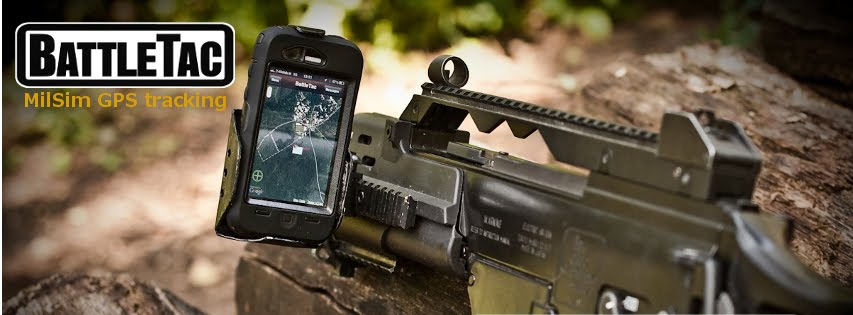We had MGRS support in BattleTac for long ago, the coordinate of the map center is always displayed. If you want to read the coordinate of a point, you have to scroll the map center over it.
MGRS coordinate of map center is displayed in the upper-right corner.
Map is "Range Vranow", created by our user "zafa"
Map is "Range Vranow", created by our user "zafa"
Recently we have announced several enhancements to the grid handling:
Coordinate read-out
MGRS can express positions with different precision. We include 2x4 digits at the end of the coordinate which gives the fairly good 10-meter precision. On the image above the coordinate is 33U UR 2821 6507.
When you want to read this coordinate out, you may want to avoid characters not interesting for your communication partner. What characters are interesting and what not, depends on your situation but on milsim events most of the time the 1-km and the 100-meter digits are the important ones: They allow you to report the position with 100-meter precision on a 10 km x 10 km square only by reading out 4 numbers. So we highlight those numbers for you with blue color.
Grid drawing
The grid drawing feature helps you read the coordinates of any point on the screen and also to roughly estimate distances:
MGRS grid helps estimate distance and reading out non-center coordinates.
Note that the grid is not parallel to latitude and longitude lines, but it nearly is.
To read out a coordinate using the grid, you have to find the numbers on the left and bottom edges of the square containing it. E.g.: The point with number 13 is in the square 81 (left edge) and 51 (bottom edge) so its 100-meter precision coordinate is 33U UR 281 651.



Nincsenek megjegyzések:
Megjegyzés küldése